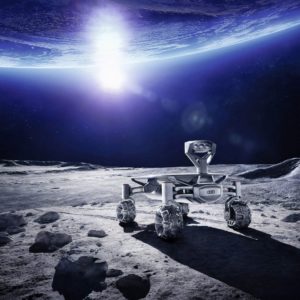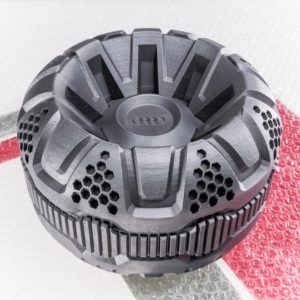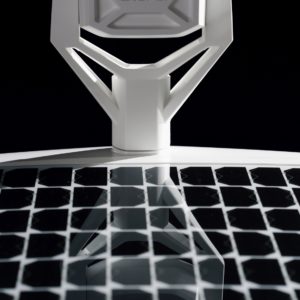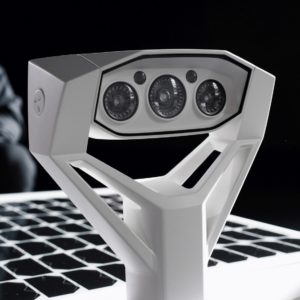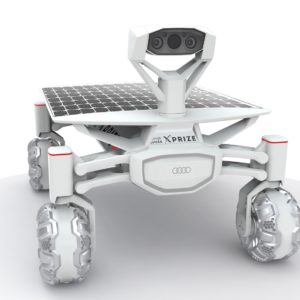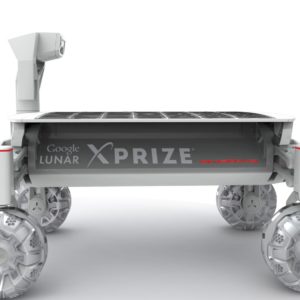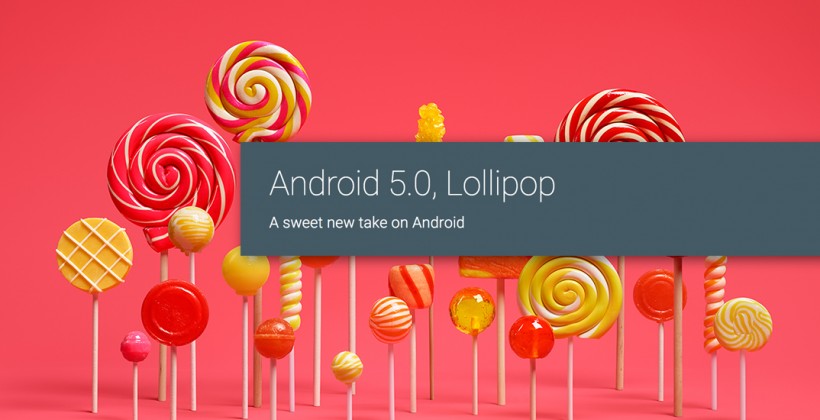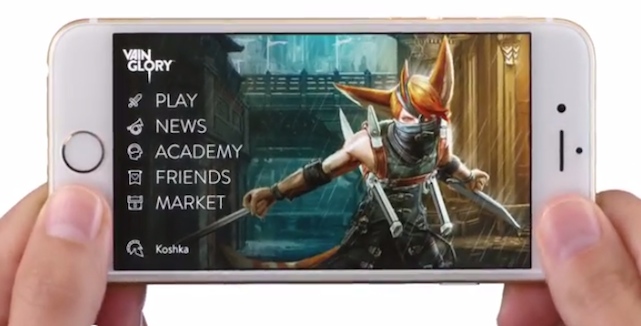Previously, we updated you guys about Team Indus from India that has grabbed a spot as one of the top 3 in contention for the Google Lunar XPRIZE (GLXP). It also happens to be the only Indian team in the competition.
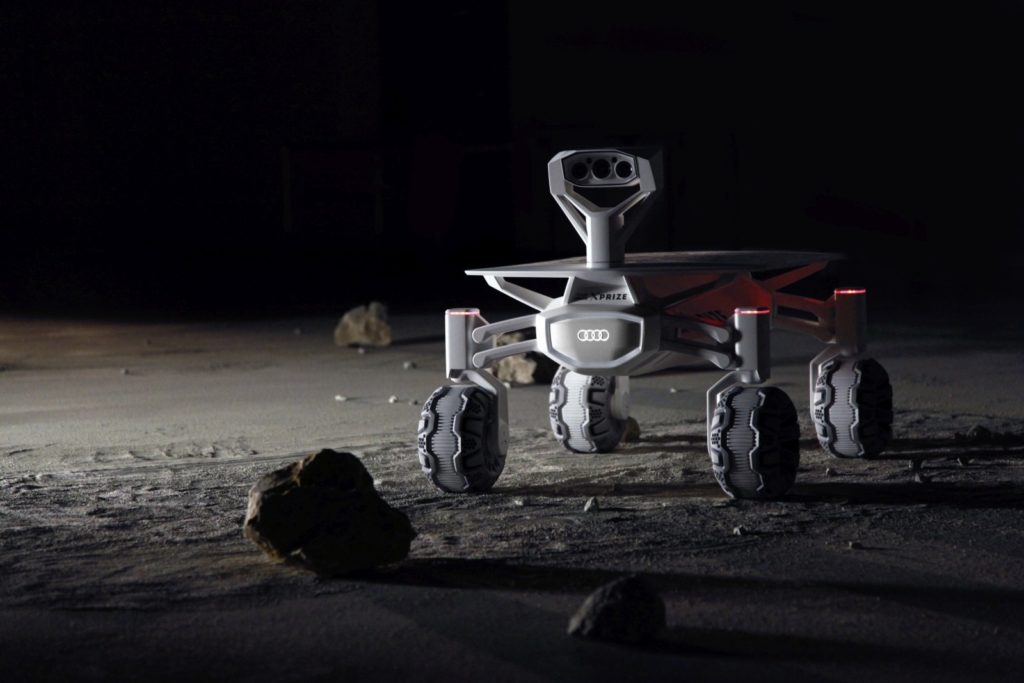
The Google Lunar XPRIZE, worth more than USD 30 million, is a space travel competition aimed at engineers and entrepreneurs from all over the world. To win, a private team must get a rover on the moon, drive it at least 500 meters and send high-resolution pictures back to earth. From an original field of almost 30 challengers, there now remain five leading teams in the race to head off for the moon. The Part-Time Scientists are the only team from Germany.
Team Indus from India competes as one of the top 3 contenders of Google Lunar XPRIZE competition
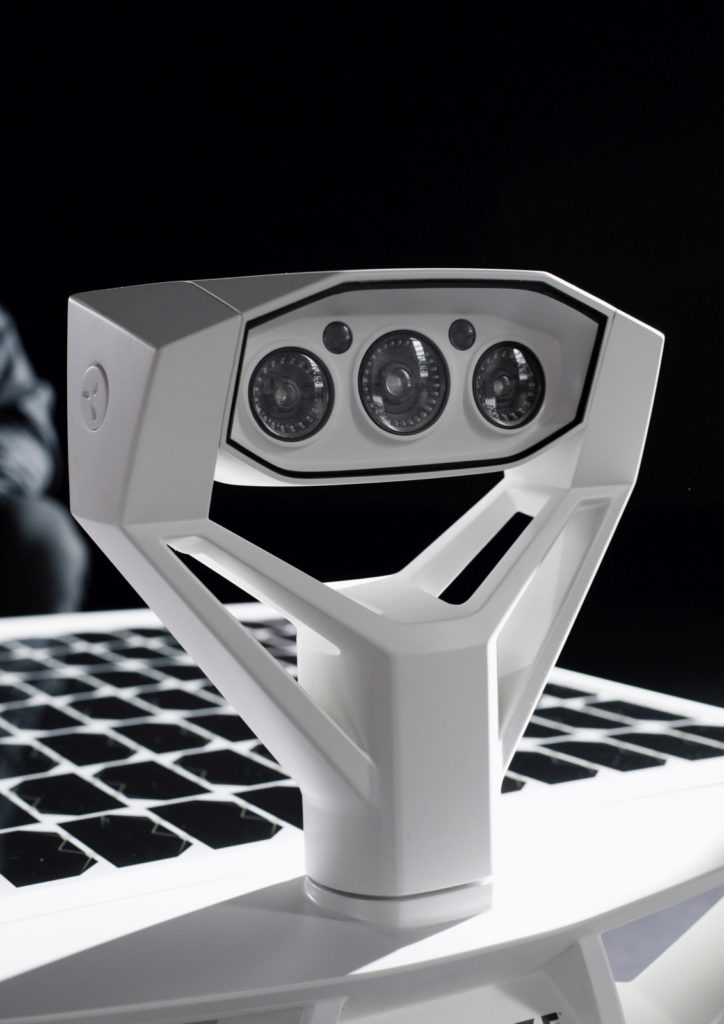
On the Moon, the rover orientates itself using just four cameras. It can also use these to investigate objects and take 3D images, panorama pictures, and 360-degree shots.
Team Indus from India competes as one of the top 3 contenders of Google Lunar XPRIZE competition
Over the past few months, the folks at Audi have been developing an unmanned rover that is built to explore the surface of the moon. The team has been working on the rover’s all-wheel-drive power distribution, optimizing its high-performance electronics and providing expertise to the development process. And now, after a series of extensive tests, Audi lunar Quattro rover is all set to explore the Moon.
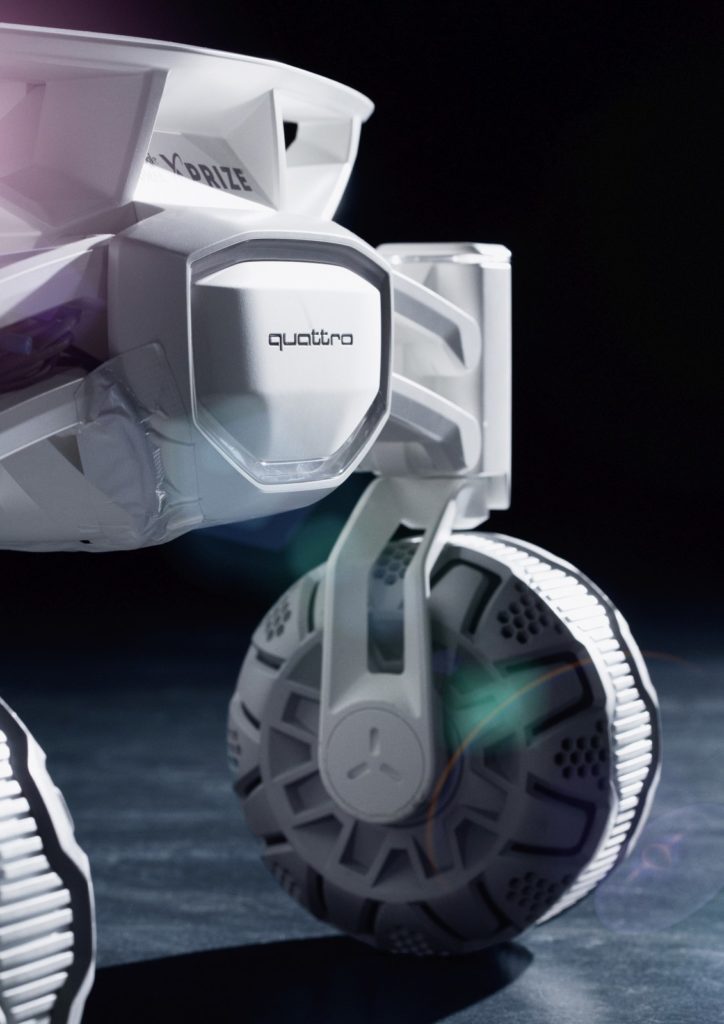
To get the rover to the moon, Audi and German space travel team called the Part-Time Scientists have joined hands. Their partnership was announced in early 2015. With an aim to bring together the technological expertise, both partners will have the rover travel on the Moon for the Google Lunar XPRIZE competition.
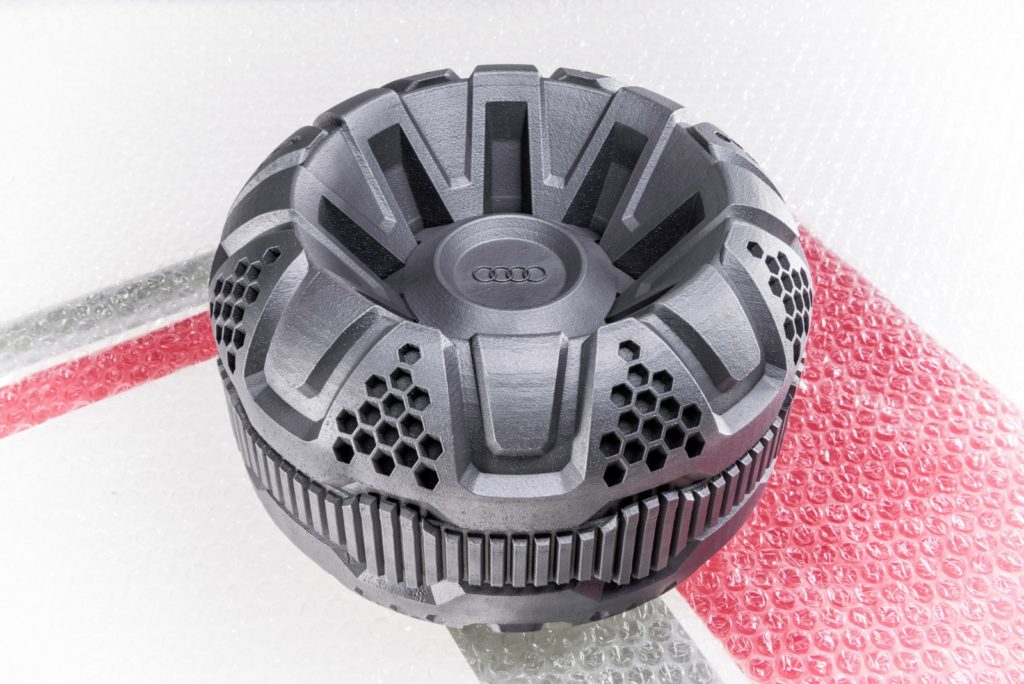
Metal 3D printing: Wheel for Moon rover mission to the moon, lightweight construction in space
A group of 16 Audi experts has been working with the Part-Time Scientists with expertise in a large number of technical areas and has optimized the rover for the lunar mission. They have contributed their Quattro experience, knowledge of lightweight construction. They have also shared their e-tron expertise and design in helping the Berlin team with the development of the unmanned lunar vehicle.
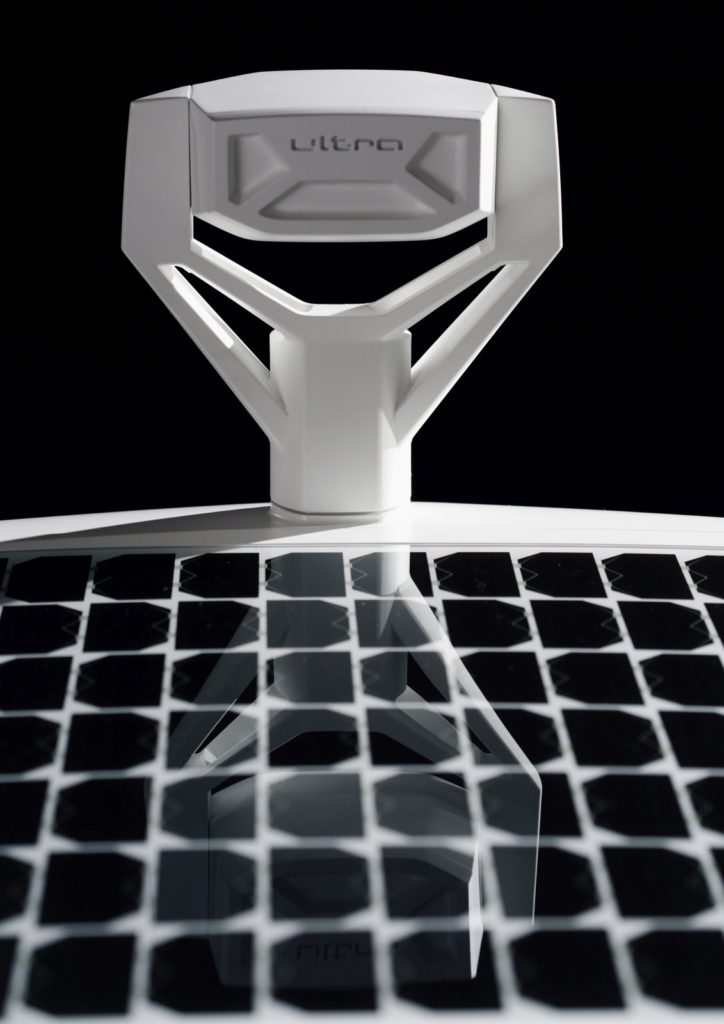
An ultra battery serves as the buffer for the motors’ consumption spikes and drives the rover when the panel isn’t perfectly set.
Part-Time Scientists plans to complete the 385,000 km trip to the Moon from the end of 2017 using a launcher booked with Spaceflight Inc. Before that, they will still need to conduct extensive stress testing of the two Audi lunar Quattro vehicles and the landing probe. To that end, the team will be simulating the entire mission in the Middle East over the next few months and is now performing some final fine-tuning.
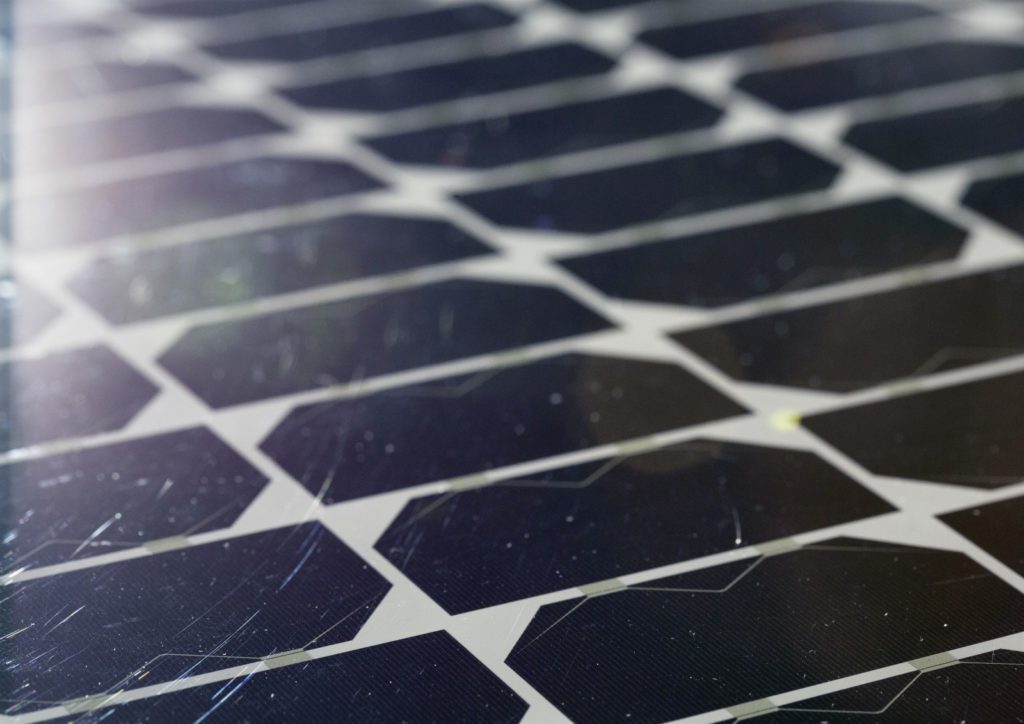
Solar panel –The rover derives its energy from a swiveling solar panel roughly 3,600 square centimeters in size.
The following are the development processes carried out on the lunar vehicle:
- In order to boost stability and increase the contact surface, the engineers and designers enlarged the rover and its wheels.
- Its weight from 38 to 30 kilograms by adopting an optimum mix of materials and using aluminum 3D printing.
- Audi sun simulation chamber simulated the extreme conditions on the Moon to help examine the suitability of the rover’s components.
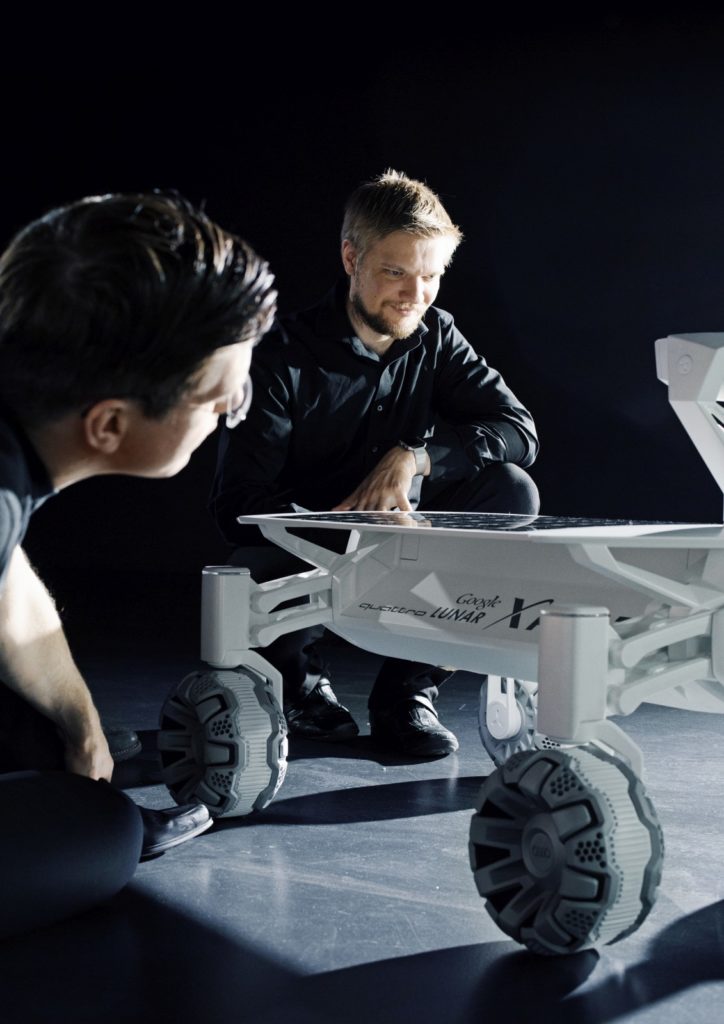
Some features of the Audi lunar Quattro moon rover are as follows:
Equipped with four cameras to help navigation
- The camera setup will also help examine objects and take 3D and 360-degree pictures
- One popular motif will be the rover from the Apollo 17 mission, which still stands in the Valley of Taurus-Littrow. ALINA, the landing module of the Part-Time Scientists, will touch down close to the 1972 landing point with two Audi lunar Quattro vehicles on board.
- The probe will travel to the Moon on a launcher such as a Falcon 9 and has a total transport capacity of 100 kilograms.
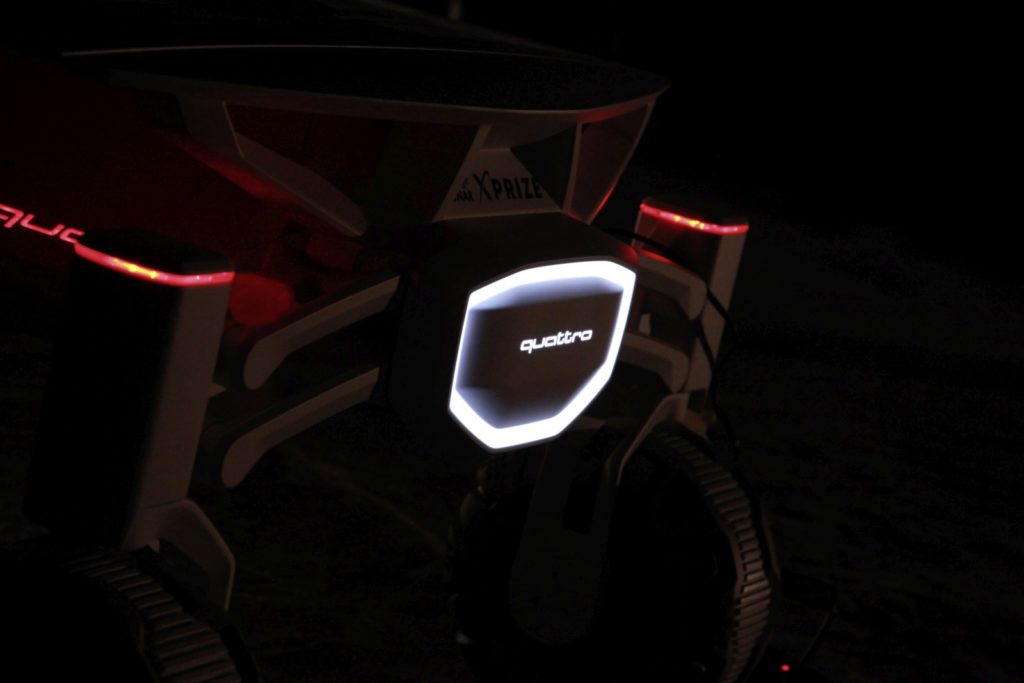
Along with the two rovers, the Part-Time Scientists will therefore also be able to take research equipment to the Moon for other partners. In this context, project partners such as the U.S. space agency NASA, the European Space Agency ESA and Wikipedia were recruited because of their substantial scientific interest in the mission.
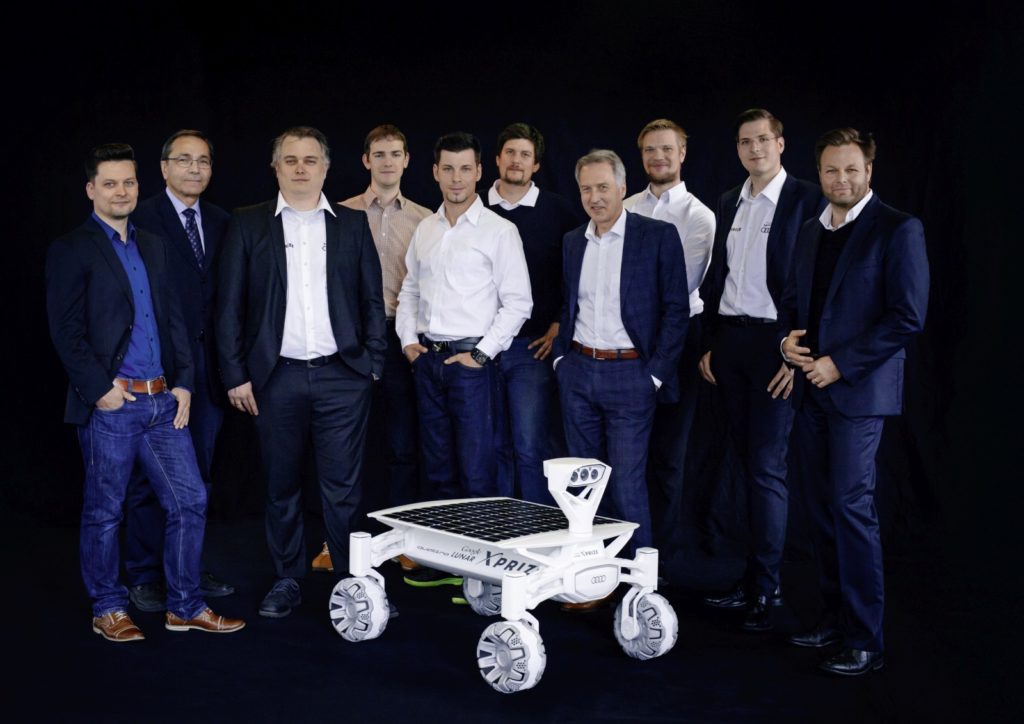
On the occasion, Michael Schöffmann, Head of Audi Transmission Development and Development Coordinator of the Audi lunar Quattro said that they are proud that they have given the moon rover important aspects of the four rings’ DNA: It is a Quattro, has an e-tron battery on board, drives in piloted mode and offers an intelligent mix of material. He further added at that the collaboration with the Part-Time scientists is also very enriching for the company as they are breaking new technological ground with the Audi lunar Quattro and can learn much about how automotive components behave in extreme conditions.


